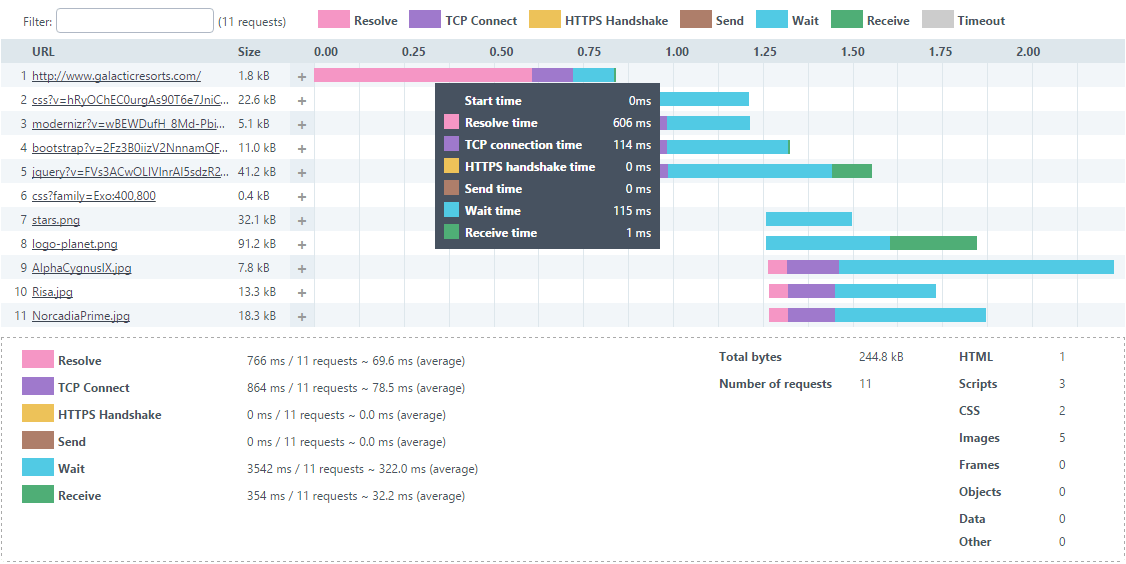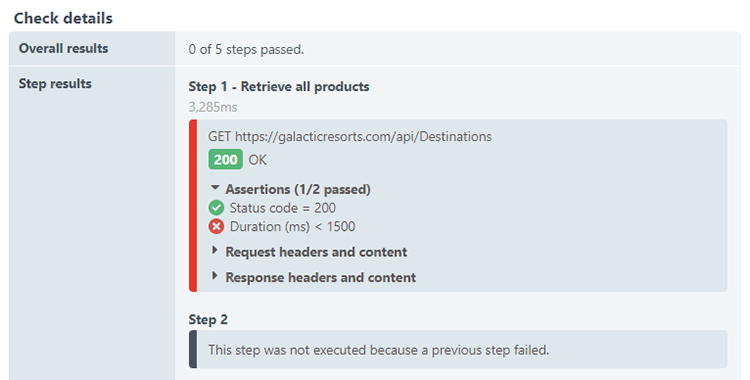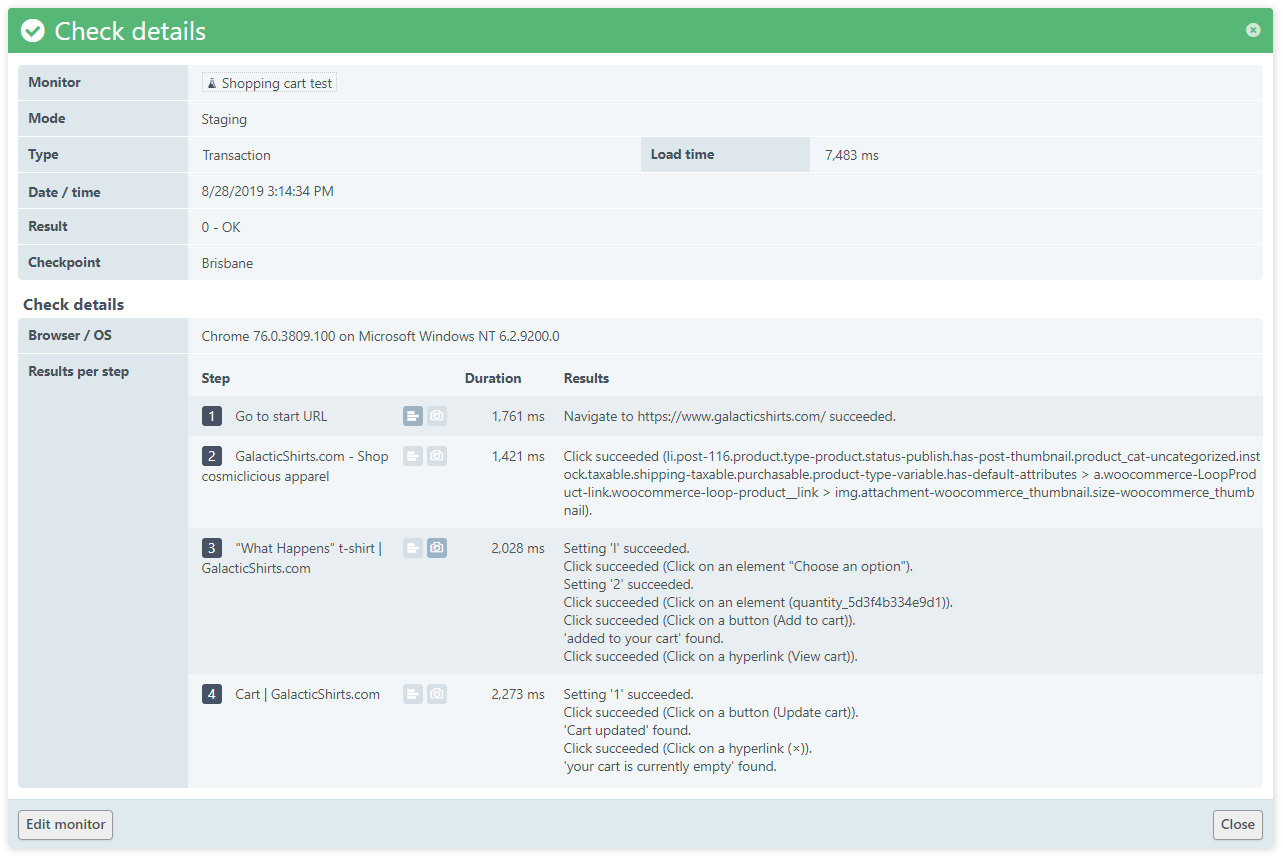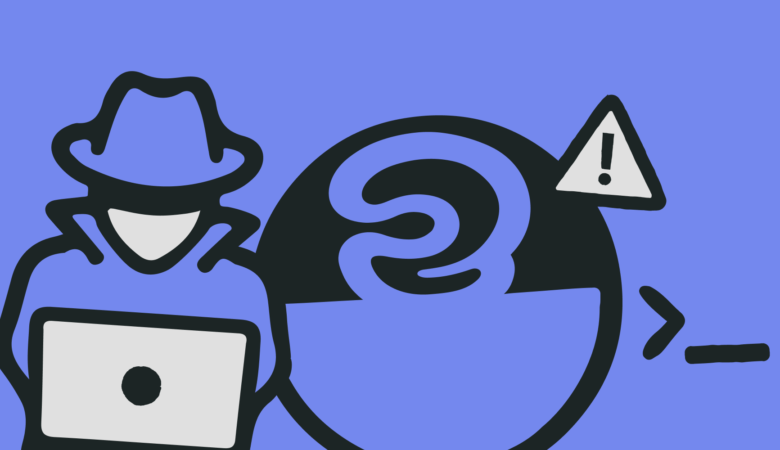The Black Friday and Cyber Monday 2019 event is coming quick, and the predictions are that the now week-long event will be the biggest yet with over $136 billion in sales. E-commerce websites like Amazon and Walmart have been ramping-up for Black Friday for months, but what do you need to do to prepare for the potential rush on your site?
The surge in traffic brought on by Black Friday type events can boost sales. However, outages and drops in performance can have devastating consequences to your revenue now and long after Black Friday. If your site isn’t ready
- Your user experience degrades affecting user perception and trust.
- Your website may go down entirely due to the heavier traffic.
- Drops in performance decrease conversions. A reduction in performance as little as 100 milliseconds is enough to reduce conversion by one percent.
- Your website’s functionality may break from the extra load placed on resources such as databases.
- APIs your site depend on may slow down or fail and affect your website. If your critical API calls error, so do your transaction.
You need to prepare for possible outages, slowdowns, and malfunctions. Anything can happen at any time. Are you ready?
Preparing for the Black Friday rush
You don’t have to sit and wait for the ceiling to come crashing down around you. There are things you can do in advance of the rush to prepare your website.
1. Talk to your website hosting company
If your provider puts limits on the traffic your website can have, one of two things may happen.
- Your provider may automatically boost you to a more expensive plan to accommodate the extra server load.
- Some providers bring a site down completely to prevent server outages. Shared plans host multiple sites on the same servers, so rather than have your website bring down the entire server, they block your traffic.
Knowing how your hosting company responds to the increase is half the battle.
Don’t forget, on a shared plan, other websites using the same server can impact your site as well. The best solution is to switch to a more expensive cloud-based hosting plan. However, even cloud-based websites experience problems from time to time, especially during the holidays.
2. Make sure your website is current
Outdated plugins, drivers, and operating systems can contribute to longer page load times and cause complete website crashes. Outdated systems are more prone to errors that can cause site failures. Make the updates as quickly as you can and have your hosting provider check things on their end as well.
3. Optimize, optimize, optimize
Your images, CSS, HTML, and script files need to be clean and tidy.
Optimize Images
Make sure you’re delivering appropriately sized images. Sending high resolution, oversized images to your users not only slows down things on the visitor’s side but puts an extra drain on your website’s servers. We like to use TinyPNG to compress images without losing quality.
Bury the dead code
CSS files and script files tend to grow in size as you add new code but leave the old code “just in case I need it later,” or “something else may still use it.” This “dead code” takes up time and bandwidth to download for no reason at all. Remove the dead code using “tree shaking” tools. Tree shaking finds unused code and removes it for you.
Minify your files
Your files have tons of formatting and comments to make them easier for humans to read. However, the browser doesn’t need or care about the comments and formatting. All of the extra text and white space is just more dead weight you don’t need to send. Minifying your CSS and script files (and HTML too) goes a long way to reducing your server’s payload, and your users get a better experience.
4. Use caching
Caching keeps frequently requested content ready for requests. Caching can occur on the server or the browser. Caching resources on the server or the browser keeps content in the active memory for quicker response times and avoids multiple requests for the same content.
- Server-side caching can reduce server payload by keeping frequently accessed content ready and waiting in the server’s memory. Having content such as full pages or page sections in the server’s active memory reduces requests from other resources such as the database.
- Browser-side caching keeps content the browser needs on the current and future pages stored in memory. As visitors click through content, the browser checks the cache first to see if the resource is there before requesting it from the server. For example, if you have CSS or JavaScript files your site needs on most pages, keeping those files handy in the browser’s cache allows the browser to reuse them. Content reuse reduces load times and excessive and costly requests for the same files.
5. Use a CDN
A CDN (Content Delivery Network) places your static content on servers located close to your user base. Not only does using a CDN reduce the number of requests coming into your primary server, but because the content doesn’t have to travel as far, your page performance improves.
If you already use a CDN, check your CDN’s performance using our free tool.
6. Use browser hints and lazy loading
Browser hints and lazy loading can substantially improve the user’s experience.
- Send content to the user only when they need it.
- Use the browser’s idle time to send files before users need it.
- Establish connections to resources needed later to decrease request times.
- Wait to download non-essential content until after the page renders.
Browser hints and lazy loading speed up the render time for the current page and future pages for an enhanced user experience.
7. Get optimization suggestions from the pros at Google
You may not know exactly what you need to do to reduce your webpage’s load time. That’s okay. We can help you out there. We have a free Website Performance tool that not only gives you details about your current page’s performance, but you also get a performance grade and optimization hints directly from Google. Get tips on your content such as
- Images that need optimizing
- Files you need to minify
- Content compression
- Using browser cache
Not only do you get what needs optimizing, but what optimizations your page can benefit from most.

Custom optimization suggestions from Google Insights.
Pay attention
Every year some of the biggest retailers fall victim to the onslaught of deal hunters on their websites. Many of them don’t handle the situation very well. Some go down completely under the extra load while others control access by redirecting requests to a queuing page.
To avoid problems, first, you need to make sure your site is ready using the optimization tips above. Second, watch for outages, failing transactions, and performance drops. Three, have a plan if things go wrong.
Black Friday watch your site’s uptime
We talked a lot about optimizations in the previous section to reduce server load and hopefully help keep your website up and running through the Black Friday and Cyber Monday rush. During the rush and throughout the year, you need to know the status of your site at all times. Website uptime monitoring is the most effective way of knowing that your site hasn’t dissolved into the ether.
Website Uptime Monitoring checks your site once a minute all day, every day. Uptrends chooses one of over 200 checkpoints located worldwide to check for a positive status code, correct response size, and, if specified, content that should or shouldn’t be in the response. If a check fails, Uptrends immediately checks the website from a different checkpoint; if the second test fails too, we let you know using your alert settings.
Make sure you know who needs notifying in the event of an outage. Set up your alerts to send notifications directly to your first responder’s phone, email, Slack, PagerDuty, StatusHub, or set up your own webhook to VictorOps, ServiceNow, or any other notification system that takes incoming communications. Fast notifications to the right people lead to a quicker recovery.
Website Performance Monitoring
Hopefully, all of your preparations help you prevent performance drops during the heavy traffic periods, but you can keep an eye on your site’s performance with Website Performance Monitoring. By monitoring your site’s performance, you can track performance trends and forestall possible crashes and see locations experiencing high latency.
The Full Page Check gives you an element-by-element breakdown about each element request and download. You can quickly see any elements that need your attention using the waterfall chart. Uptrends records each connection and response detail for every page element so that you can spot problem elements easily. The waterfall report gives you information about your page’s average connection times, download speeds, and overall page load times.
Again, set your alerting up to notify the right team and get performance issues addressed quicker than you would by waiting for user complaints or from manual testing.

The Full Page Check waterfall chart shows performance details for each page element.
API Monitoring
Most every modern website relies on APIs for page content and functionality. Your site probably uses APIs like location services and merchant services at the very least. You may also offer an API to your users directly or through an app. Whichever your case, making sure that the APIs you depend on are reachable and respond as expected through single requests and multi-step requests is a must.
APIs can bring your site’s click path to a halt, but you won’t know that the API is failing if you’re only checking for uptime and performance. Uptrends API Monitoring tests complex API transactions from the logon to the logoff. The API monitor reports on errors (you can use assertions) and the performance for each API call. Your alerting will let your team know that API dependencies are failing.

Multi-step API Monitoring Check Detail showing an API error caused by a slow response.
Web Application Monitoring
Your website needs to function flawlessly for every user every time. To make sure your site’s logins, shopping carts, check out process, and any other process that your users trigger use Web Application Monitoring.
Uptrends loads your site in a fresh Chrome browser where it does things just like your users do such as
- Click buttons and links
- Log in or off
- Completing forms
- Managing items in a shopping cart
- Setting appointments
- Setting up accounts
- Competing checkouts
About anything your user can do, Uptrends can do the same thing automatically as frequently as every five minutes. Again, Uptrends is looking for proper response codes, conducting content checks, and evaluating response times each step of the way through your user journey.
If your transaction doesn’t perform as expected or errors, Uptrends makes sure that you’re the first to know about it. Set up your alerting and alert escalations to direct notifications to the correct person or team. You can get your transactions working again before your users notice.

You get all of the details of each Web Application Monitoring check. You can also include waterfalls and screenshots.
Black Friday preparedness takeaways
- Your website optimizations need to be on point to survive the influx of traffic.
- Your user experience depends on availability, performance, and function.
- If your site goes down, fails, or bogs down, your users give up and switch to a competitor.
- Black Friday is the time to build loyalty, not drive visitors away.
- Your website needs to perform well for all users regardless of location or device.
- Availability is not the same thing as excellent performance and unimpaired function—you need to provide and monitor for all three.
- Without website, transaction, and API monitoring, you never really know if your site is working or not.
It isn’t too late. Set up a free 30-day trial and get the full Uptrends experience. You will have Uptrends right beside you watching your web assets on Black Friday, Cyber Monday, and beyond!




